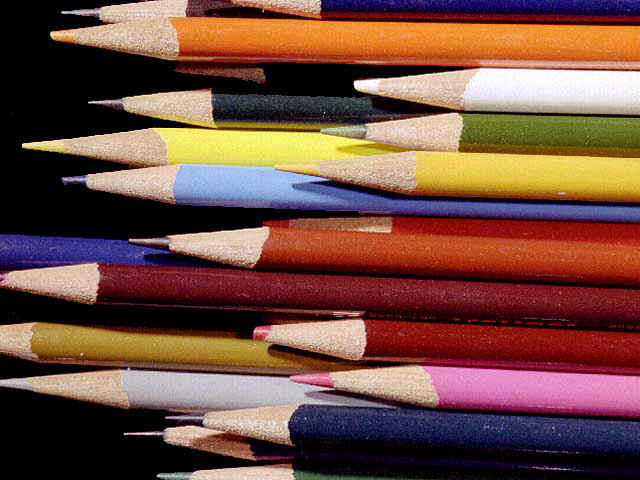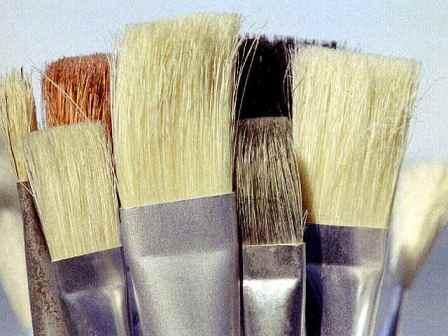Study Art in Australia
Australian Art Schools Ted Snell Curtin University
 From the Pacific Ocean across the desert to the Indian Ocean, Australia offers an extraordinary range of natural environments and cultural experiences. Art Schools in Australian Universities are conscious of their location - at the meeting point between South-East Asian and contemporary Western culture. Being at the intersection of these exchanges offers emerging artists a diversity of cultural experiences, including that of the oldest living Aboriginal culture, that can inform and challenge preconceptions about contemporary art and design practice. From the Pacific Ocean across the desert to the Indian Ocean, Australia offers an extraordinary range of natural environments and cultural experiences. Art Schools in Australian Universities are conscious of their location - at the meeting point between South-East Asian and contemporary Western culture. Being at the intersection of these exchanges offers emerging artists a diversity of cultural experiences, including that of the oldest living Aboriginal culture, that can inform and challenge preconceptions about contemporary art and design practice.
Over the past decade, the world has begun to take notice of the burgeoning contemporary art scenes in the Asia-Pacific and Indian Ocean regions, particularly their fusion of established traditions and contemporary forms. The work of contemporary Aboriginal artists from Australia and the new generation of artists from China are but two examples of this dynamic revitalisation of traditional practices.
Australian art schools have been closely involved in this changing environment, due to our proximity and shared understanding of the difficulties that have evolved from similar colonial experiences.
Through major survey exhibitions such as the Asia-Pacific Triennial in Brisbane and the Artists Regional Exchange in Perth, Australia has taken a lead in showcasing these developments by providing a critically informed forum where issues surrounding the work of these artists can be examined.
 As we move forward into the new millennium, this experience is extremely important in providing a model for contemporary practice that will accommodate and respect traditional forms, whilst allowing for the necessary injection of new ideas, new technologies and new modes of synthesis. Being both distanced from the international centres of practice and constantly in touch through new communications technologies, visiting artistic programs and major exhibitions and events, such as the Sydney Biannual, the Artist's Regional Exchange and the Asia-Pacific Triennial, Australian art schools are able to offer a critical perspective that is responsive to current discussions, whilst maintaining a reflective objectivity. As we move forward into the new millennium, this experience is extremely important in providing a model for contemporary practice that will accommodate and respect traditional forms, whilst allowing for the necessary injection of new ideas, new technologies and new modes of synthesis. Being both distanced from the international centres of practice and constantly in touch through new communications technologies, visiting artistic programs and major exhibitions and events, such as the Sydney Biannual, the Artist's Regional Exchange and the Asia-Pacific Triennial, Australian art schools are able to offer a critical perspective that is responsive to current discussions, whilst maintaining a reflective objectivity.
Within this exciting environment, art schools are providing alternate approaches and offering different perspectives, growing from their own sense of identity. From the west coast of Australia, facing the surf from the Indian Ocean, and with its back to the desert -home of many of Australia's indigenous peoples - to the east coast centres of Sydney and Melbourne with their cosmopolitan mix of ethnicities; from the tropical north of Darwin and Brisbane to the wilderness areas of Tasmania, each art school has built its own individualised program that focus on their specialised social and geographic environment. As a result, each offers an extraordinary range of experiences to stimulate and challenge visual arts practitioners.
 Australia is also a multi-cultural community, reflected by art schools offering a diverse range of cultural backgrounds that both reveal and examine cross-cultural issues related to the teaching and practice of art. As a result, the educational environment is both challenging and supportive, intellectually rigorous and sensitive to cultural differences, responsive to new technologies and respectful of traditional practices. This mix has guaranteed a lively and rewarding cultural environment that is tackling the most significant questions of our decade. Australia is also a multi-cultural community, reflected by art schools offering a diverse range of cultural backgrounds that both reveal and examine cross-cultural issues related to the teaching and practice of art. As a result, the educational environment is both challenging and supportive, intellectually rigorous and sensitive to cultural differences, responsive to new technologies and respectful of traditional practices. This mix has guaranteed a lively and rewarding cultural environment that is tackling the most significant questions of our decade.
Through their close working relationships with the public gallery sector, professional art organisations and the commercial galleries, Australian art schools have also developed a highly focused professionalism which has greatly enhanced the employment prospects of graduates. The community is increasingly recognising that visual arts graduates are highly computer and visually literate, in a changing environment that is increasingly privileging the visual. They are flexible, adaptable, resourceful, self-motivating, adept at problem-solving, and skilled in a range of specialised techniques and communications.
 Significantly, most art schools are also relatively small in scale, and while being part of larger cosmopolitan institutions (which enables them to provide up-to-date technology and access to excellent resources), they are also small enough to provide the face-to-face contact that is an essential part of studio-based instruction. Significantly, most art schools are also relatively small in scale, and while being part of larger cosmopolitan institutions (which enables them to provide up-to-date technology and access to excellent resources), they are also small enough to provide the face-to-face contact that is an essential part of studio-based instruction.
The twenty-six university art schools affiliated through the Australian Council of University Art & Design Schools offer prospective students the change to select the school most suited to their needs. Through the ACUADS web-site (found at http: //www.curtin.edu.au/), prospective students can survey the range of programs and courses on offer, as well as choosing the most attractive geographic and cultural environment from the rich diversity available across the country.
With a range of courses from undergraduate to Doctoral studies, in studio-based professional education in art and design, and via a sequence of programs incorporating both full-time and part-time study, as well as Study Abroad and Summer and Winter Schools, students have ready access to a uniquely local and consciously international education in the disciplines of Art and Design.
Author
Associate Professor Ted Snell
Chair of the Australian Council of University Art and Design Schools,
Head of the School of Art
Curtin University of Technology
School of Art
Curtain University
GPO Box U1987
Perth WA 6845
Australia
Tel: 00 618 9266 9266
http: //www.curtin.edu.au/
|
|

School of Art
Curtain University
GPO Box U1987
Perth WA 6845
Australia
Tel: 00 618 9266 9266
http: //www.curtin.edu.au/
|